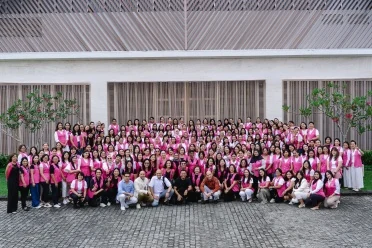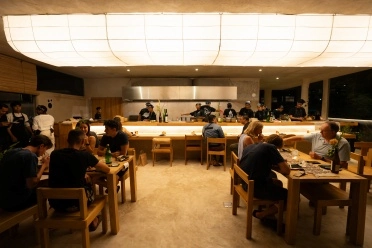In the heart of Bali, the ancient tradition of Lontar has woven a tapestry of wisdom that transcends time. Lontar, originating from the Javanese roots where "ron" means leaf and "tal" refers to the rontal tree, stands as a testament to the island's rich cultural heritage. In this article, we delve into the history behind this ancient manuscript, and its cultural significance in Balinese culture.
Unveiling the Mysteries of Lontar: Balinese Ancient Manuscript
A Cultural Odyssey Across Bali
Lontar, the sacred palm leaf manuscripts, served as more than just history books; they were revered encyclopedias containing answers to life's existential questions and practical advice for daily living. In ancient times, the Balinese people embraced the tradition of crafting these manuscripts.
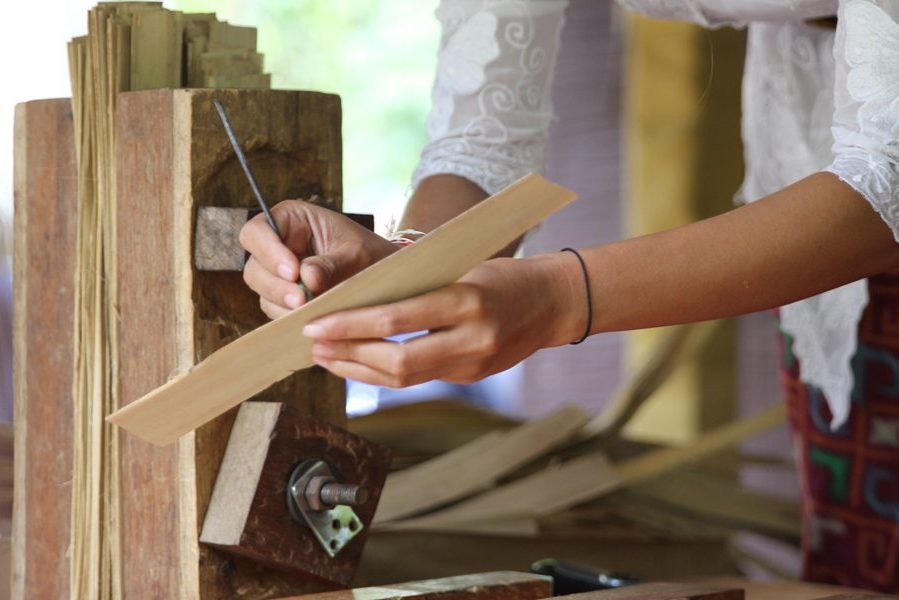
The Meticulous Crafting of Lontar
The process of creating a Lontar was a meticulous journey undertaken by scribes throughout Bali. Harvested palm leaves underwent rituals of soaking, cleaning, drying, and steaming before being perforated, bound, and pressed. The emblematic red margins framing each leaf were a symbol of the sacred knowledge encapsulated within.
Diverse Themes and Topics
The Lontar manuscripts covered an extensive array of subjects, reflecting the holistic nature of Balinese culture. From religious rules and rituals (agama lontar) to medical information (usada lontar), astronomy (wariga lontar), epic poems (itahasa lontar), Balinese history (babad lontar), and even gardening tips and everyday life advice, these manuscripts were a repository of diverse knowledge.

A Connection with Saraswati and Cultural Celebrations
The Balinese people held the Lontar manuscripts in high esteem, using them to commune with Saraswati, the goddess of knowledge. Every six months, the Kliwon Wuku Watugunung ceremony celebrated the wisdom encapsulated in Lontar—a tradition that resonated across the entire island.
Lontar in the Modern Context
While the ancient cultural heritage of Lontar is still present, there's a growing concern about its awareness among the younger generation throughout Bali. Lontar Bali, once a revered means of recording information, is now at risk of being forgotten, posing a challenge to preserving Bali's unique identity.
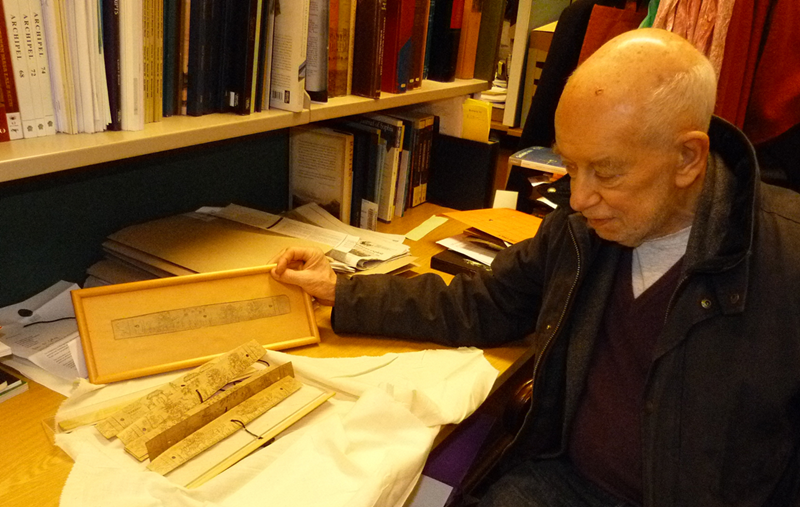
Preserving Lontar Bali for Future Generations
The responsibility of preserving Lontar Bali extends beyond specific villages. Efforts are needed to organize, protect, and promote these ancient manuscripts island-wide. The Museum Pustaka Lontar, a sanctuary nestled in the cultural heart of Bali in Dukuh Penaban village, stands as a testament to this endeavor. The youth of Bali, in particular, play a crucial role in maintaining the values of local wisdom in the face of globalization. A comprehensive campaign can educate the community about the significance and utility of the information stored in Lontar Bali, ensuring its legacy for generations to come.
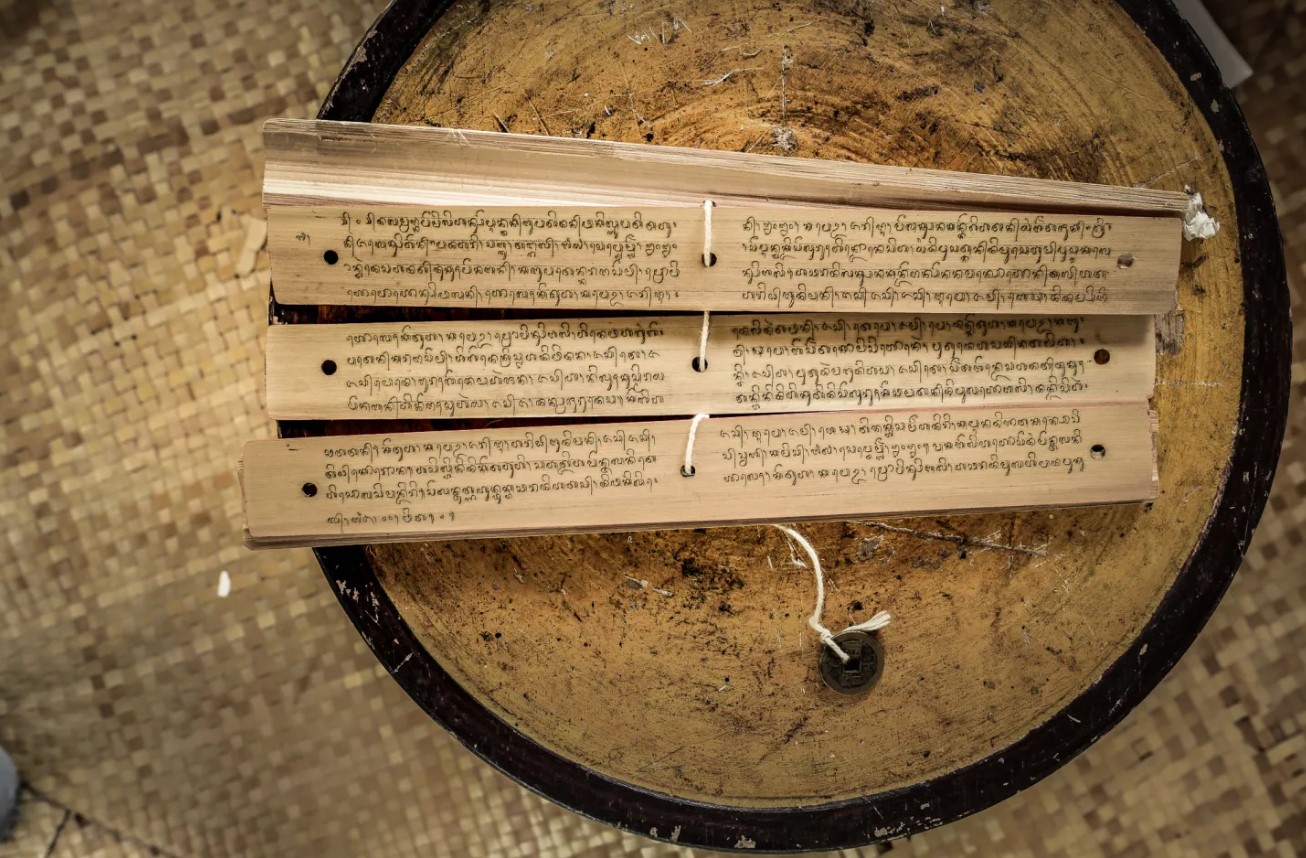
Challenges and Solutions in Preservation
Despite ongoing efforts, challenges persist in preserving Lontar Bali. Issues such as improper utilization, limited human resources, inadequate storage facilities, and a lack of user education are hurdles that need to be overcome. The Museum Pustaka Lontar, along with other archival institutions, serves as a guardian, actively working towards preserving these cultural treasures. Written guidelines, educational sessions, improved storage conditions, and targeted user education can contribute to the long-term preservation of this cultural treasure.
Conclusion: A Shared Legacy Across Bali
Nowadays, the Lontar manuscripts stand as silent guardians of the island's history and wisdom. Some of them are safely preserved at Museum Pustaka Lontar. Balancing the ancient with the contemporary, it is imperative that we cherish and safeguard this shared legacy for the coming generations. The history of Balinese Lontar is not just a tale written on palm leaves; it is a journey through time, a testament to the collective wisdom that resonated across the entire island of Bali in ancient times.



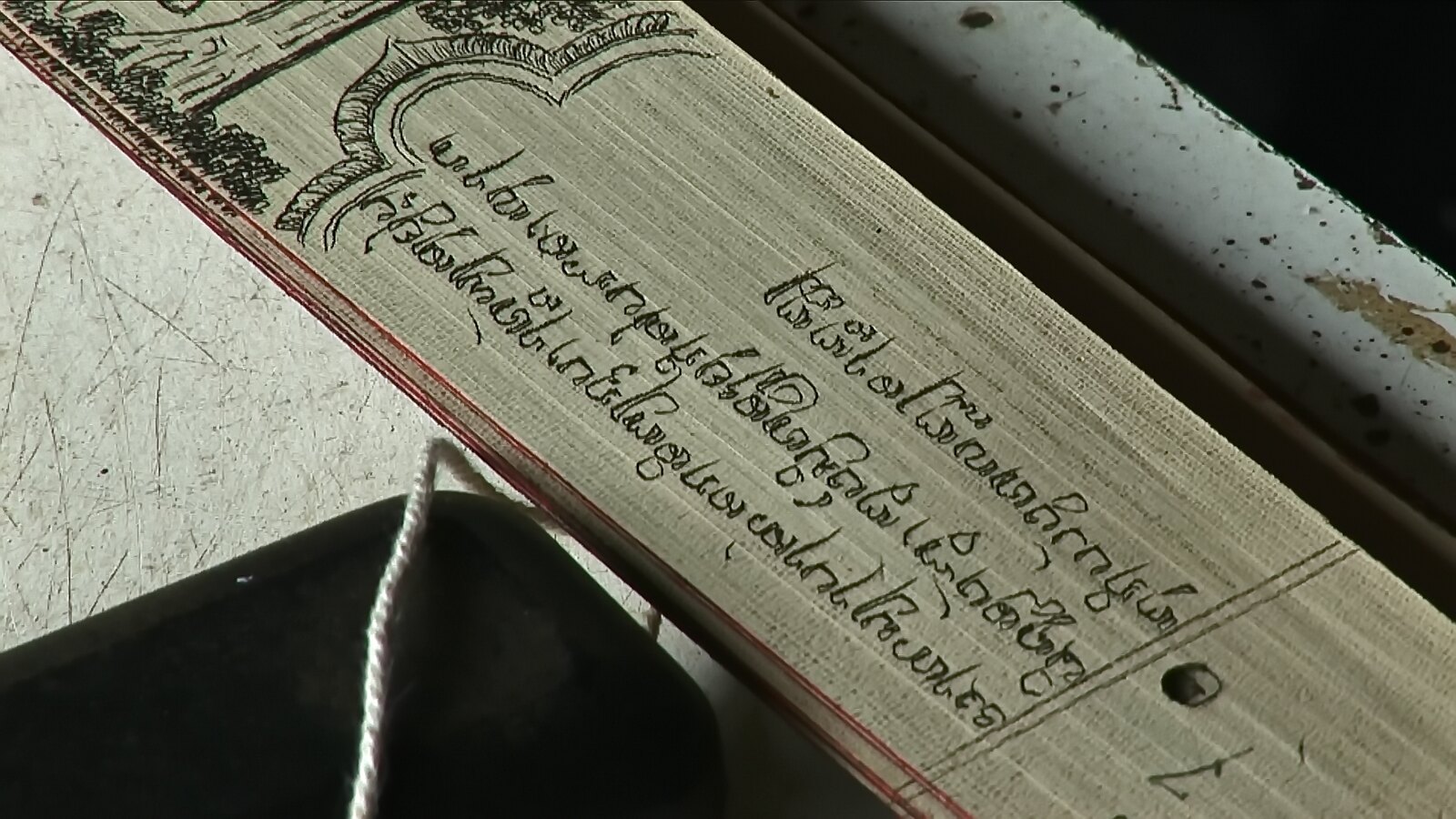
 Billy Bagus
Billy Bagus
 Jan 12, 2024
Jan 12, 2024


